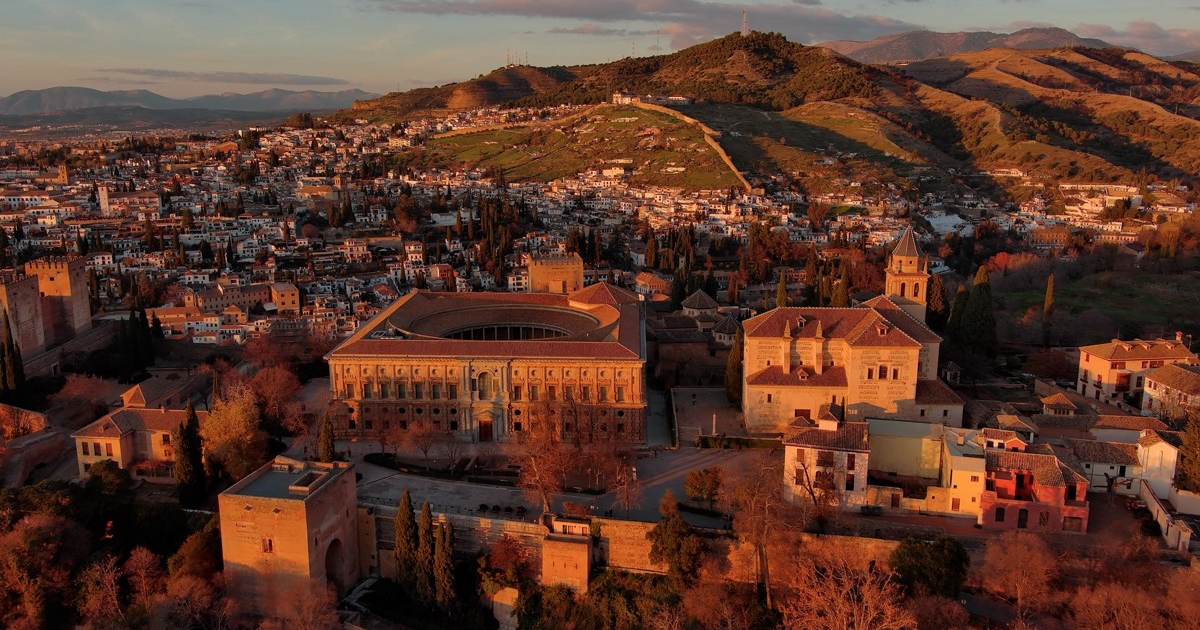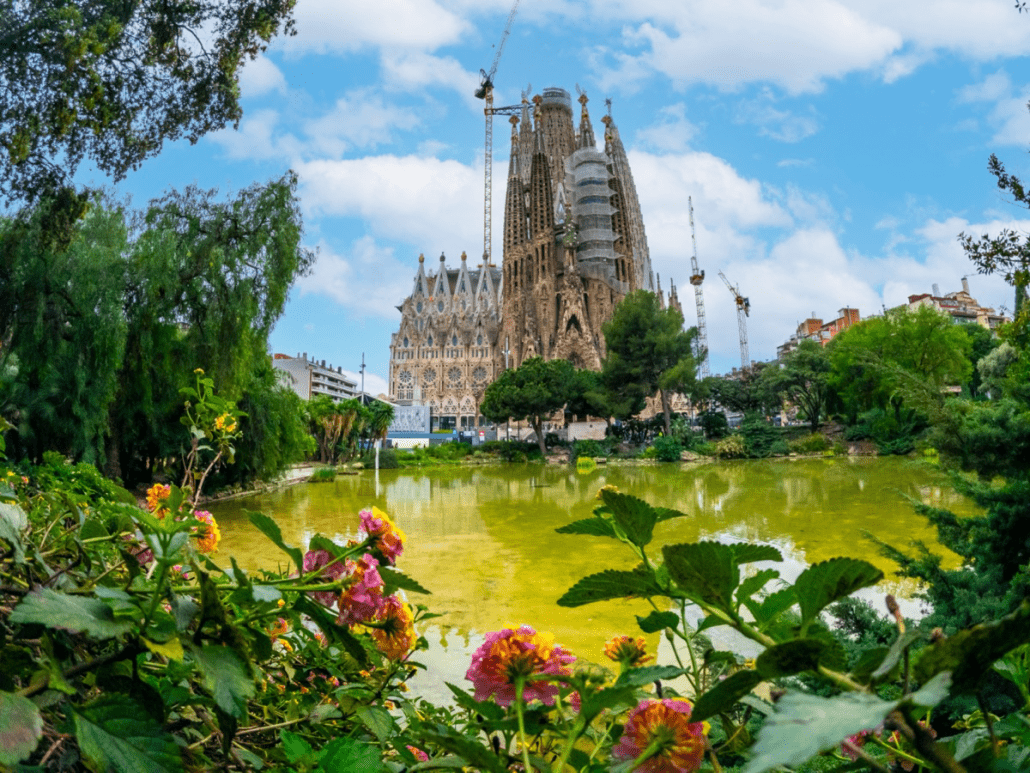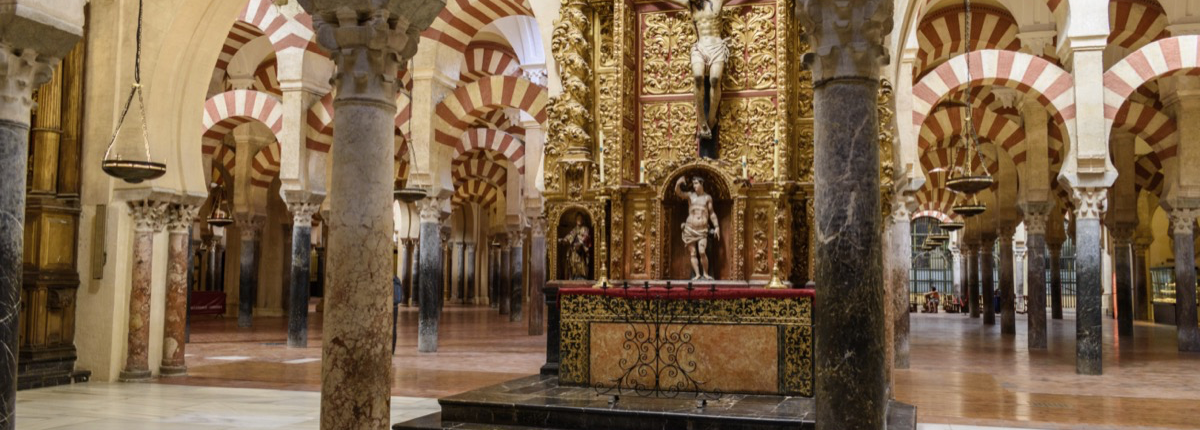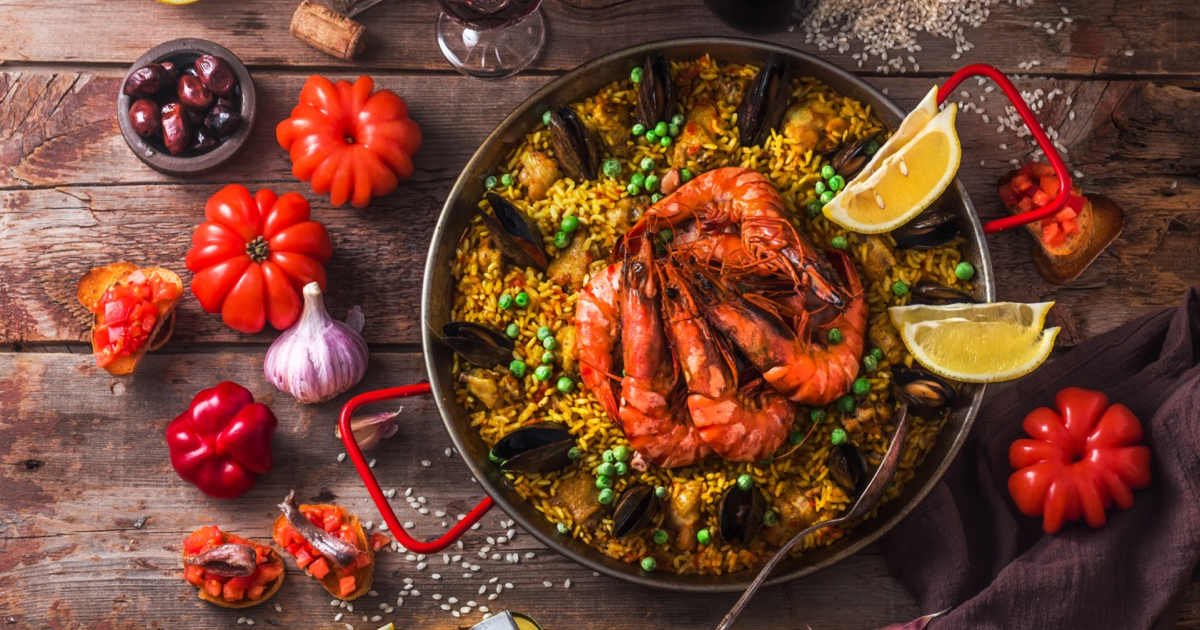Spain, a land of rich history, vibrant culture, and breathtaking landscapes, is a dream destination for travelers seeking both adventure and relaxation. From ancient castles to modernist masterpieces, Spain’s historical landmarks offer a fascinating glimpse into the past. Whether you’re exploring the medieval streets of Toledo, marveling at the architectural wonders of Barcelona, or savoring the local cuisine in Seville, Spain promises an unforgettable experience. Here’s your guide to the most amazing historical sites in Spain, along with a traditional recipe that will bring the flavors of Spain to your kitchen.
Getting There
Traveling to Spain from the UK is convenient and affordable, with numerous flight options available. Whether you’re planning a city break in Madrid or a beach getaway in the Costa del Sol, start your journey by exploring TravelUp’s latest flight offers to Spain. With great deals and a variety of destinations to choose from, you’re sure to find the perfect flight to fit your travel plans.
Top Historical Landmarks in Spain

1. Alhambra, Granada
The Alhambra is one of Spain’s most iconic and visited landmarks. This stunning palace and fortress complex, perched atop a hill in Granada, was originally built by the Moors in the 13th century. The Alhambra is a masterpiece of Islamic architecture, with its intricate carvings, beautiful gardens, and panoramic views of the city. Exploring the Nasrid Palaces, the Generalife gardens, and the Alcazaba fortress offers a deep dive into Spain’s rich history and the legacy of its Moorish past.

2. Sagrada Familia, Barcelona
Barcelona is home to numerous architectural wonders, but none are as famous as the Sagrada Familia. Designed by the visionary architect Antoni Gaudí, this basilica has been under construction since 1882 and is a UNESCO World Heritage Site. The Sagrada Familia’s unique blend of Gothic and Art Nouveau styles, with its soaring towers and intricate facades, makes it a must-see landmark. Visiting this awe-inspiring structure is a testament to Spain’s vibrant artistic and cultural heritage.

3. Mezquita, Córdoba
The Mezquita, or Mosque-Cathedral of Córdoba, is one of the most remarkable examples of Islamic architecture in Europe. Originally built as a mosque in the 8th century, it was converted into a Catholic cathedral in the 13th century. The Mezquita is known for its stunning arches, endless rows of red-and-white-striped columns, and the exquisite Mihrab, which faces Mecca. This architectural gem reflects the diverse cultural history of Spain and the harmonious coexistence of different faiths over centuries.
Ready to explore these historical treasures? Be sure to check out TravelUp’s latest flight deals to Spain and start planning your adventure.
Where to Stay: Historic Hotels in Spain
For a truly immersive experience, consider staying in one of Spain’s historic hotels, many of which are located in beautifully restored buildings with centuries of history.
Parador de Toledo, Toledo
Set in a former palace, Parador de Toledo offers luxury accommodations with spectacular views of the historic city of Toledo. The hotel’s elegant rooms and tranquil surroundings make it a perfect base for exploring the city’s medieval charm.
Hotel Alfonso XIII, Seville
Located in the heart of Seville, Hotel Alfonso XIII is one of Spain’s most luxurious and historic hotels. Built in 1928 for the Ibero-American Exposition, this stunning hotel features Andalusian architecture and offers guests a taste of royal luxury in the heart of the city.
Taste of Spain: Organic Paella Recipe

Paella is one of Spain’s most famous dishes, originating from the region of Valencia. This delicious rice dish is typically made with a combination of seafood, meat, and vegetables, all cooked in a flavorful broth. Here’s a simple recipe for making organic seafood paella at home.
Ingredients:
- 2 cups organic paella rice
- 4 cups organic vegetable broth
- 1/2 tsp organic saffron threads
- 1 organic onion (finely chopped)
- 3 cloves organic garlic (minced)
- 1 organic red bell pepper (chopped)
- 1 cup organic tomatoes (diced)
- 1 cup organic peas
- 200g organic shrimp (peeled and deveined)
- 200g organic mussels (cleaned)
- 200g organic calamari (sliced)
- 1/4 cup organic olive oil
- Sea salt and black pepper to taste
- Organic lemon wedges for serving
Instructions:
- Prepare the Saffron: In a small bowl, soak the saffron threads in a few tablespoons of warm broth and set aside.
- Cook the Vegetables: In a large paella pan or skillet, heat the olive oil over medium heat. Add the chopped onion, garlic, and red bell pepper, and sauté until softened. Stir in the diced tomatoes and cook for another 5 minutes.
- Add the Rice and Broth: Stir the rice into the vegetable mixture, ensuring it’s well coated with the oil and vegetables. Pour in the broth and the saffron with its soaking liquid. Bring to a boil, then reduce the heat and simmer for 15 minutes.
- Add the Seafood: Arrange the shrimp, mussels, and calamari on top of the rice. Cover and cook for another 10 minutes, or until the seafood is cooked through and the rice is tender.
- Finish and Serve: Remove the pan from the heat and let it rest for a few minutes. Garnish with peas and serve with lemon wedges.
To perfect your paella-making experience, consider using this paella pan, available on Amazon.co.uk. It ensures even cooking and adds an authentic touch to your dish.
Final Thoughts
Spain is a country that offers a rich tapestry of history, culture, and culinary delights. Whether you’re exploring the grandeur of the Alhambra, the artistic genius of Gaudí, or the architectural beauty of the Mezquita, you’ll find yourself immersed in the stories and heritage that make Spain truly unique.
Ready to embark on your Spanish adventure? Book your flights through TravelUp and discover the magic of Spain’s historical landmarks and vibrant culture.
Disclosure: This article contains affiliate links. If you book through these links, we may earn a commission at no extra cost to you, helping us continue to provide valuable travel insights.
